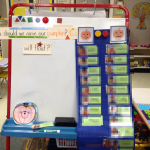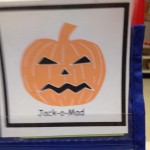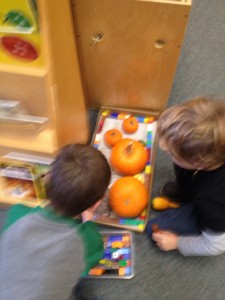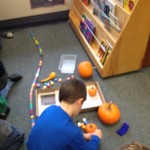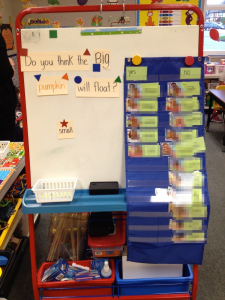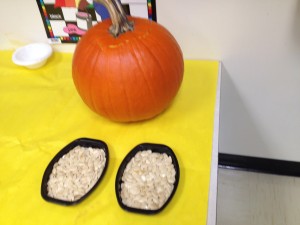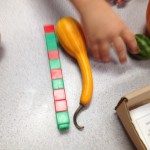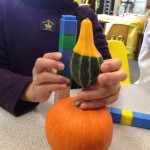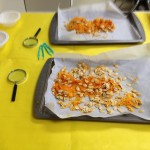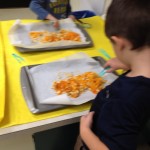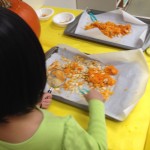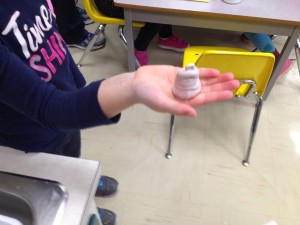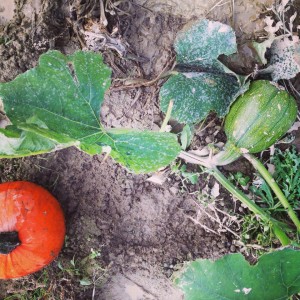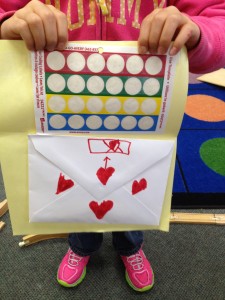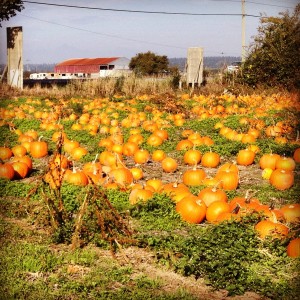All week we have been looking at different feeling Jack-O-Lanterns during our poem at calendar time. We have Jack-O-Happy, Jack-O-Proud, Jack-O-Sad, Jack-O-Mad, Jack-O-Scared, Jack-O-Surprised, Jack-O-Silly, and Jack-O-Sleepy. We play a game where we act out the feelings that I learned at FRIENDS.
On Thursday afternoon I wanted student input on how we should carve our big pumpkin. This is the same big pumpkin we retrieved all our seeds out of! I used our Yes/No chart and swapped the Yes and No to “Jack-O-Mad” and “Jack-O-Happy”. The class contributed their ideas and Jack-O-Mad it was.
I know it’s not exactly the House of Commons but the students gave their input Thursday afternoon and came in Friday morning to see that their voices chose how our Jack-O-Lantern would look on Halloween.
- which one?
- The winner
- Tried my best…
